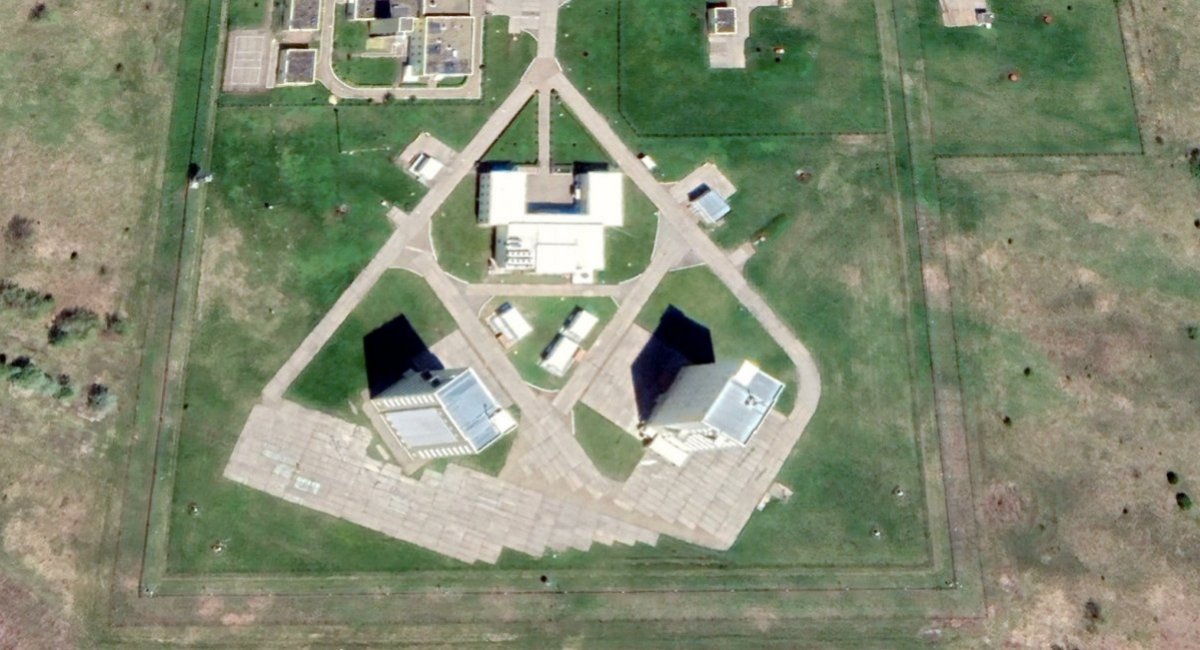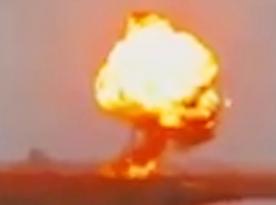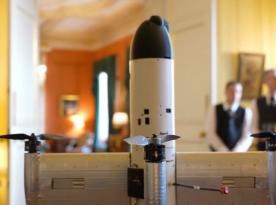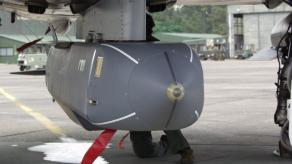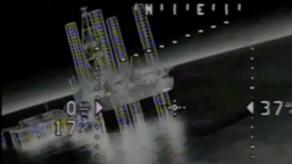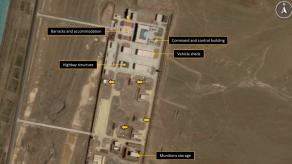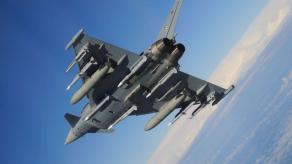Media reports coming from russian on May 23, 2024, claimed that Ukrainian killer drones were able to damage the Voronezh-DM over-the-horizon radar station, which is located near Armavir in the Krasnodar region of russia. This radar is part of the russian early warning system supposed to counter a strategic missile strike. Now the confirmation comes from the photos that have appeared in the public domain. They indicate the very fact of damage dealt to the Voronezh-DM, and that some hits also landed on the staff accommodation buildings. The scale of destruction is unclear.
The uniqueness of this situation lies not only in the functional purpose this valuable equipment serves but also in its specifications: target detection range of Voronezh-DM is declared to reach 6,000 kilometers; besides ballistic and cruise missiles, the system is said to be capable of spotting "space objects."
Read more: Ukrainian F-16 Aircraft Will Attack russian Shaykovka and Engels Airfields

According to the publicly available diagram showing the radar's field of view, the Voronezh-DM that was hit yesterday partially covers the temporarily occupied Crimean Peninsula in southern Ukraine, but the main view vectors are: 1) the Balkans and the Mediterranean as the operational zones of NATO, and 2) Asia, including the Persian Gulf.
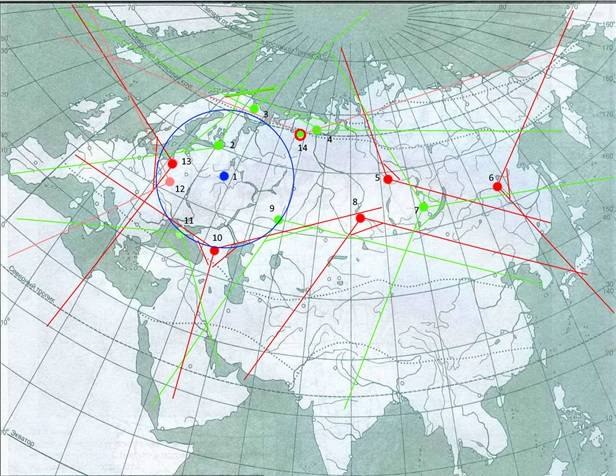
It turned out to be quite an interesting chronological coincidence that first things first, Ukrainian drones damaged the Voronezh-DM in the Krasnodar Krai late May 23 evening, and then a few hours later, that is, on the night of May 24, Ukraine's ATACMS missiles hit the satellite communication node near russian-occupied Alushta city. Which one of those the No. 1 priority target is difficult to assess, as both objects are of critical importance to the russian armed forces and security system.
Although, this coincidence could simply be a part of one plan — a systematic effort by the Ukrainian Defense Forces to weaken the strategic potential of the russian federation in the long run.
Back in the day, the Kremlin was proudly boasting through its media about the Voronezh series of OTH radars in russia. It is estimated that a total of ten are deployed in various parts of the country, which differ in their operating frequency ranges. In this case, the "DM" means that the radar near Armavir operated in the decimeter radio frequency range, and was apparently capable of tracking up to 500 air targets at the same time.
The russians also emphasized that their radars of the Voronezh family were more efficient in terms of resources required for building than similar radars of the Soviet project called Dnepr. While a Dnepr construction took 5–7 years, a single Voronezh radar could be made in under 12–18 months, with "mere" RUB 1.5 billion of overall expenses.

However, not just the final paycheck matters here but also the actual amount of time this project takes before it gets commissioned into operation. For example, the Voronezh-DM — the one damaged near Armavir — was formally launched in 2009, yet as of 2017 it was still on "experimental combat duty." In other words, even according to the internal documentation of the russian Ministry of Defense, the station was still considered "undercooked."
Another detail to mention is the 2020 report about Moscow's idea to build another radar of the Voronezh family in the temporarily occupied Crimea, in Chersonesus. The new radar was supposed to replace one of those Dnepr radars that was located near Sevastopol. At that time, the announced deadline for the implementation of the project was until 2024, but so far there is no confirmation that the russians have even started construction of this facility.
Incidentally, this is not the first time Ukrainians target russian over-the-horizon radar systems. Earlier in late April 2024, Defense Express covered the Ukrainian UAV strike that managed to land a hit on an important part of the 29B6 Container radar, a unique asset that the russian military only had in the quantity of one unit.
Read more: Ukrainian Partisans Report That russian occupiers' Communication Hub Was Hit in Alushta



